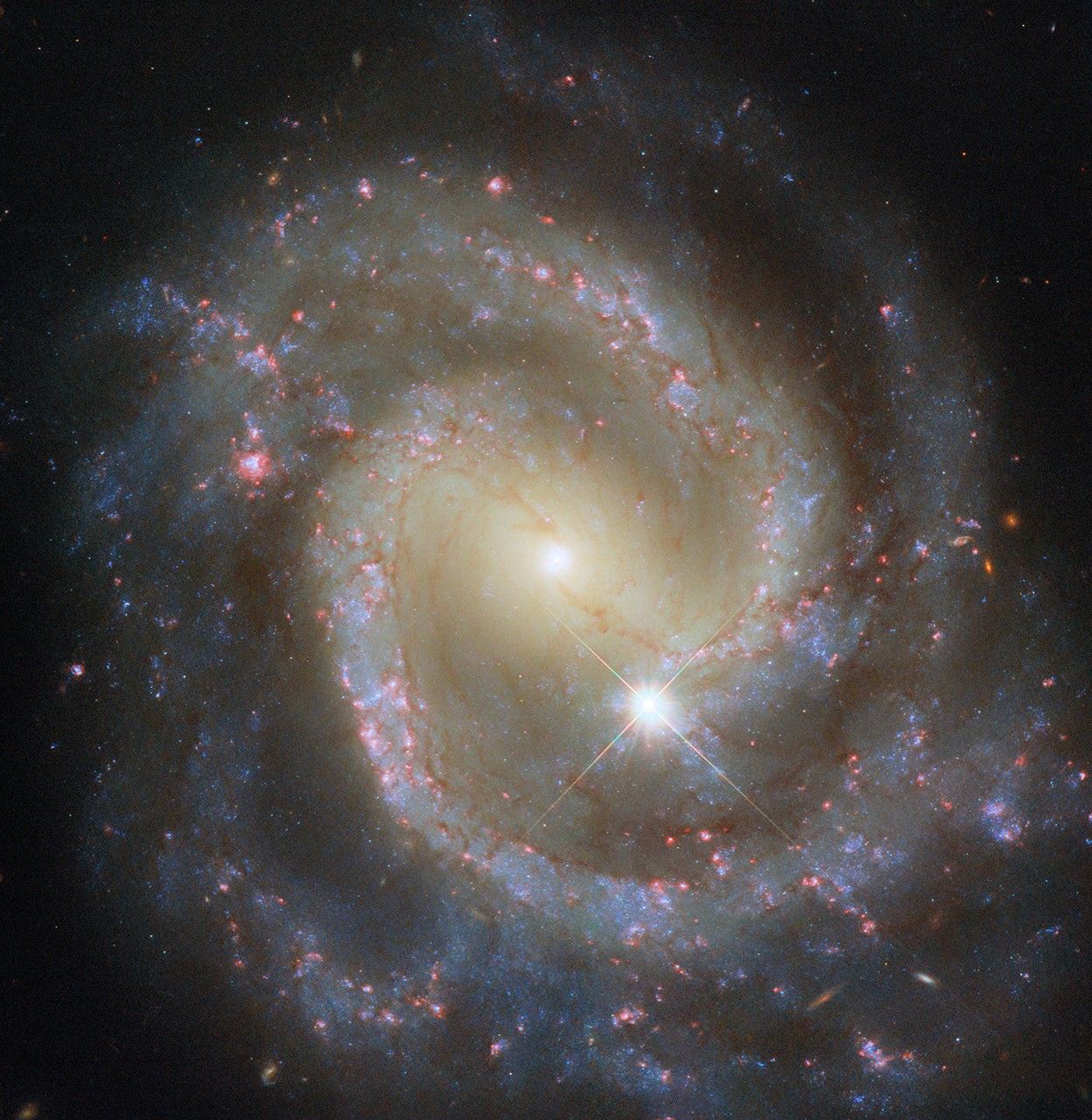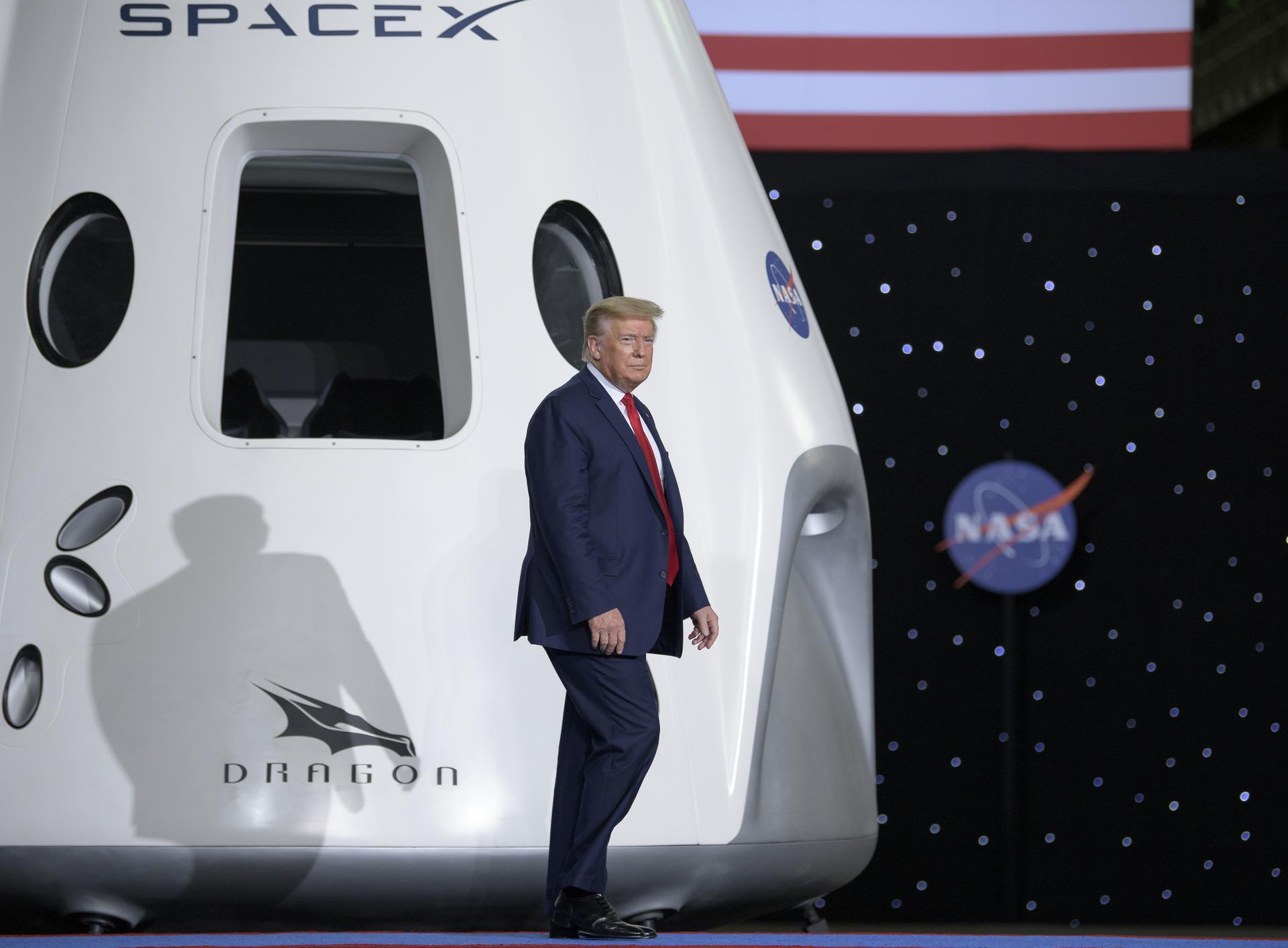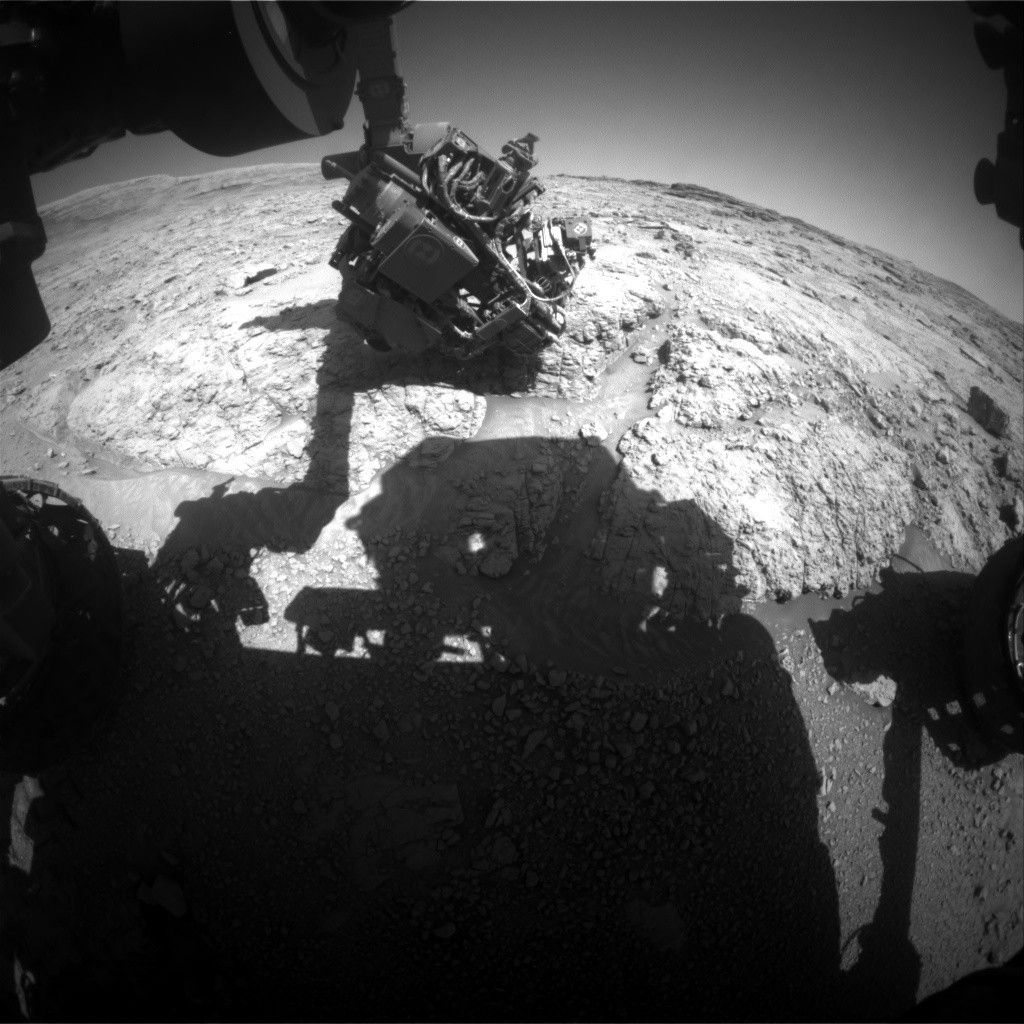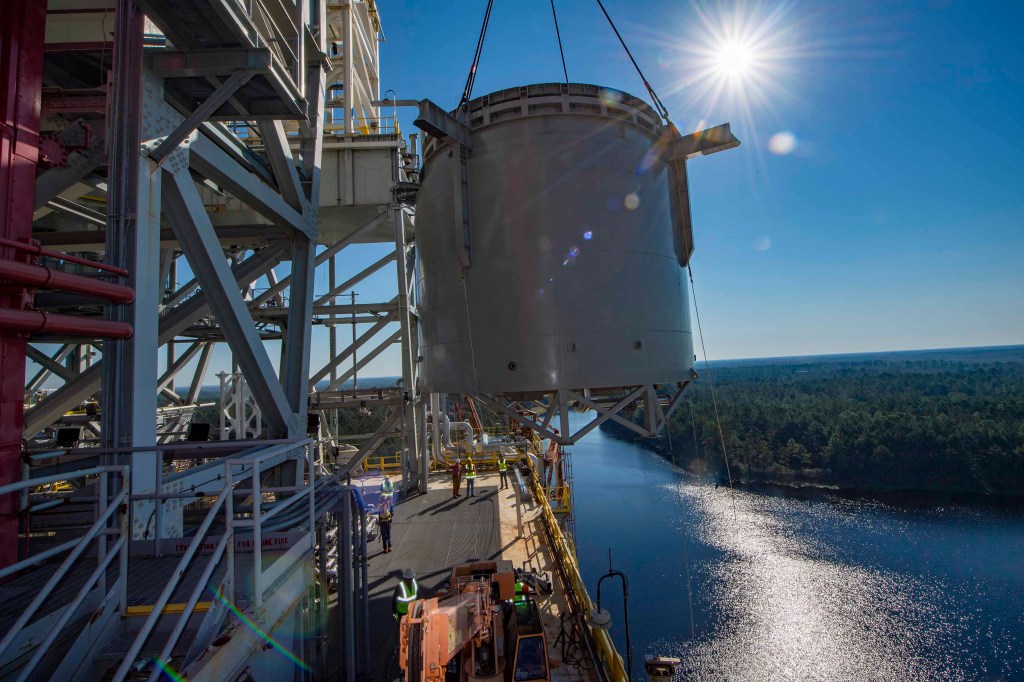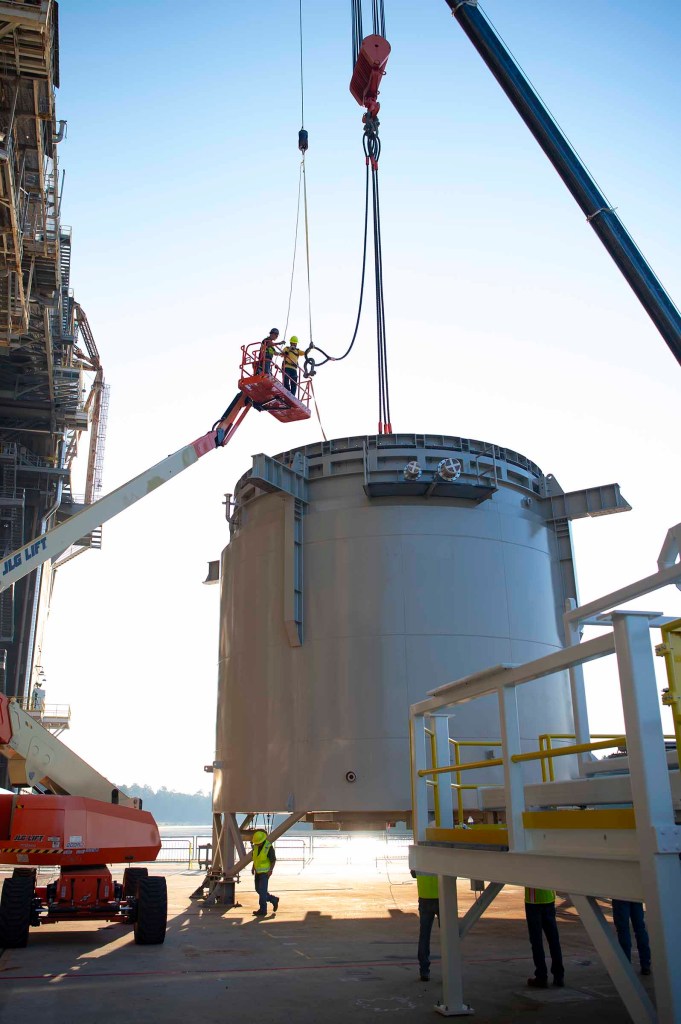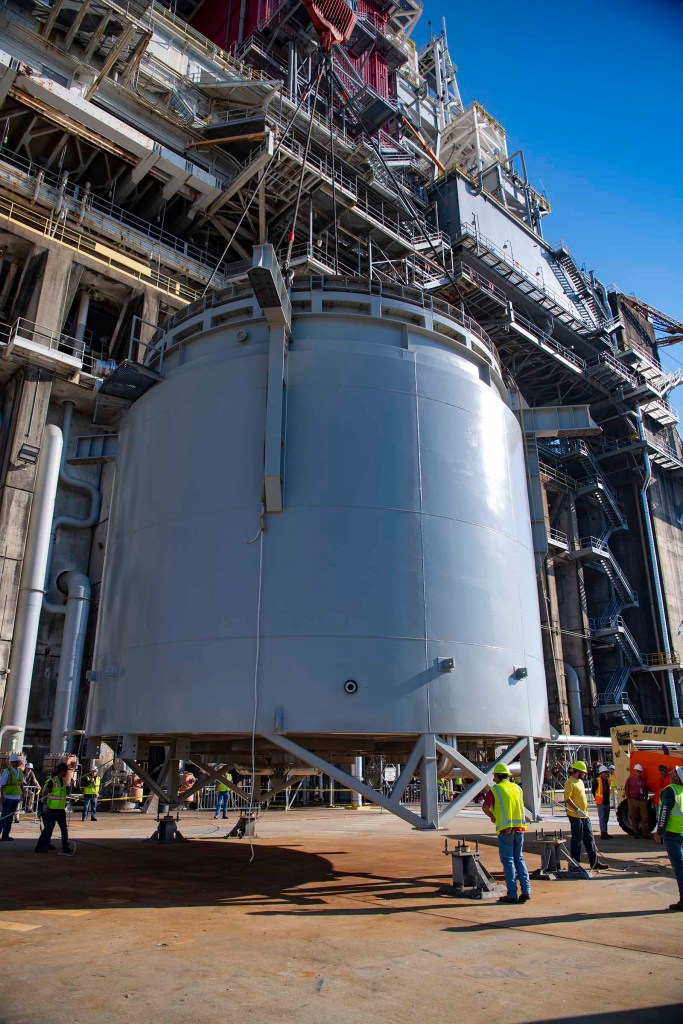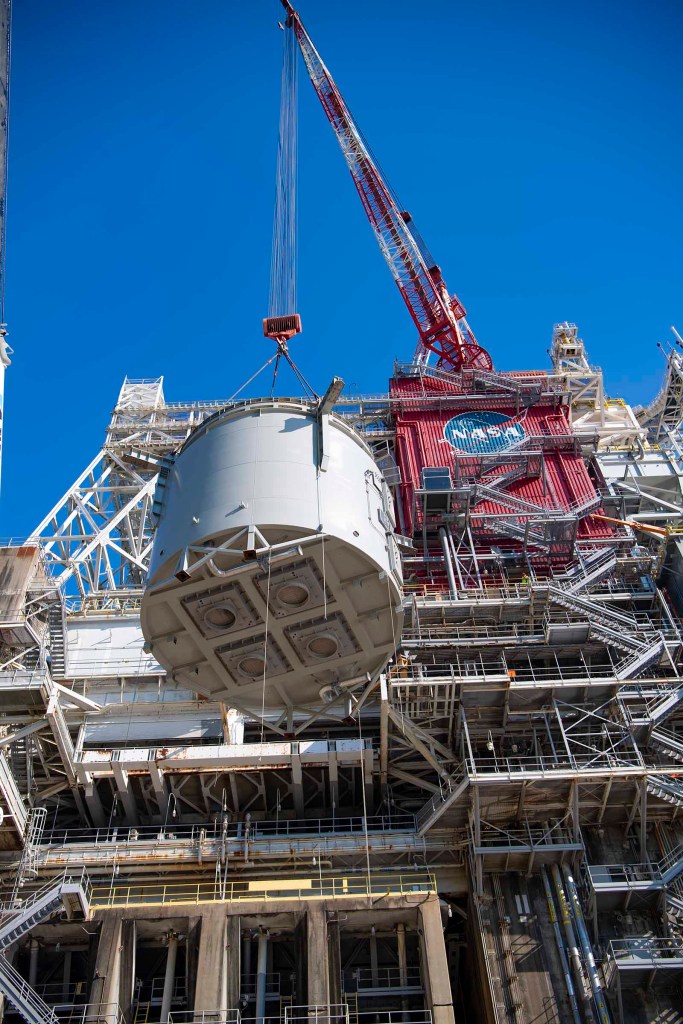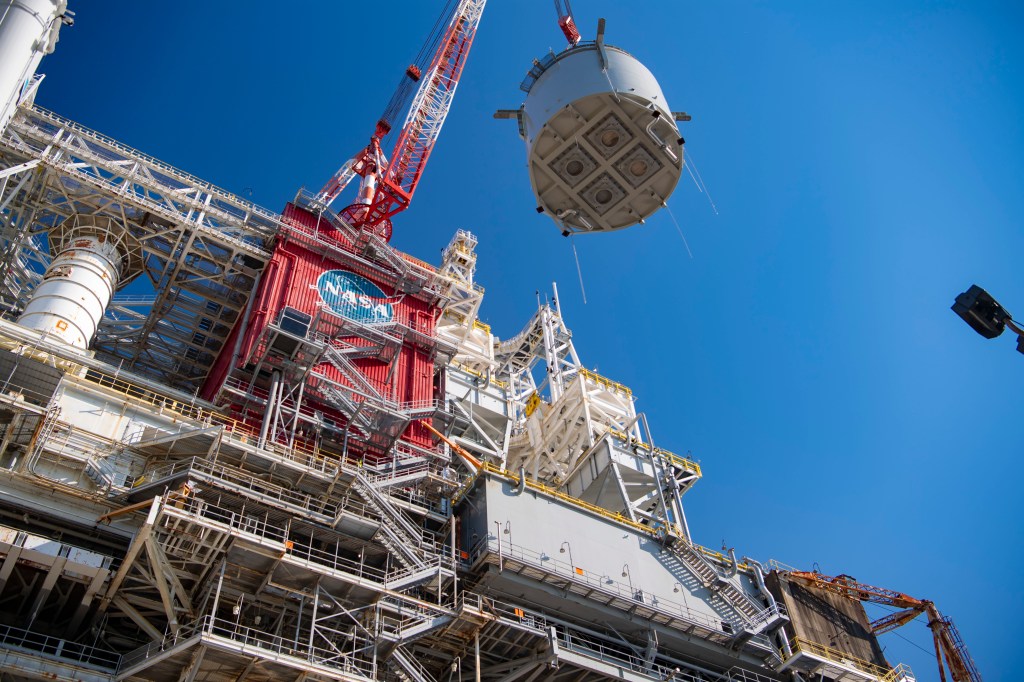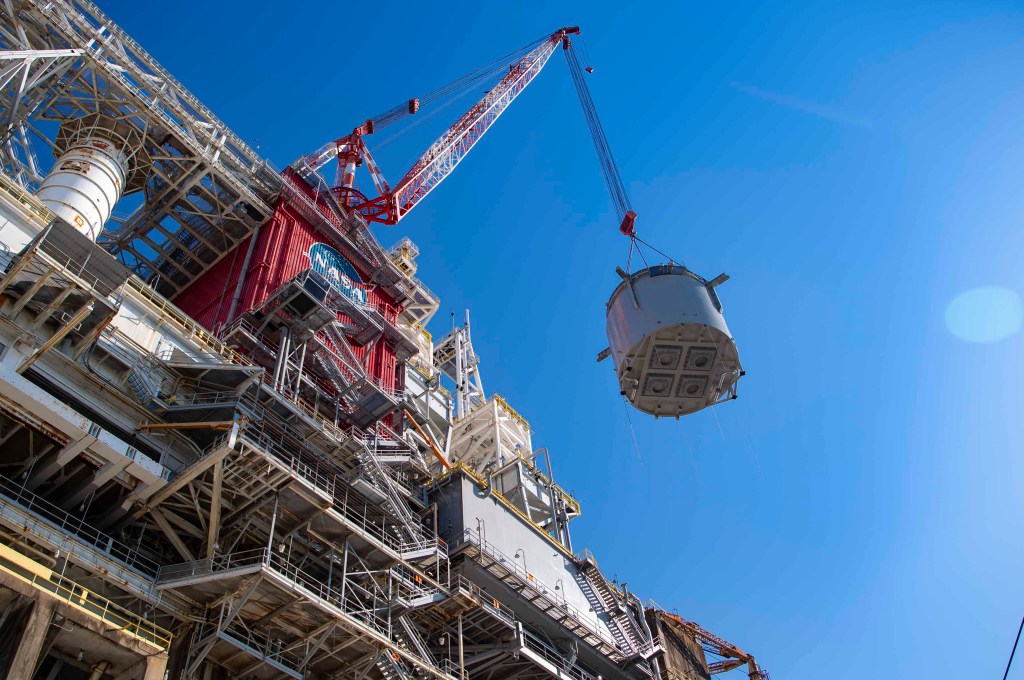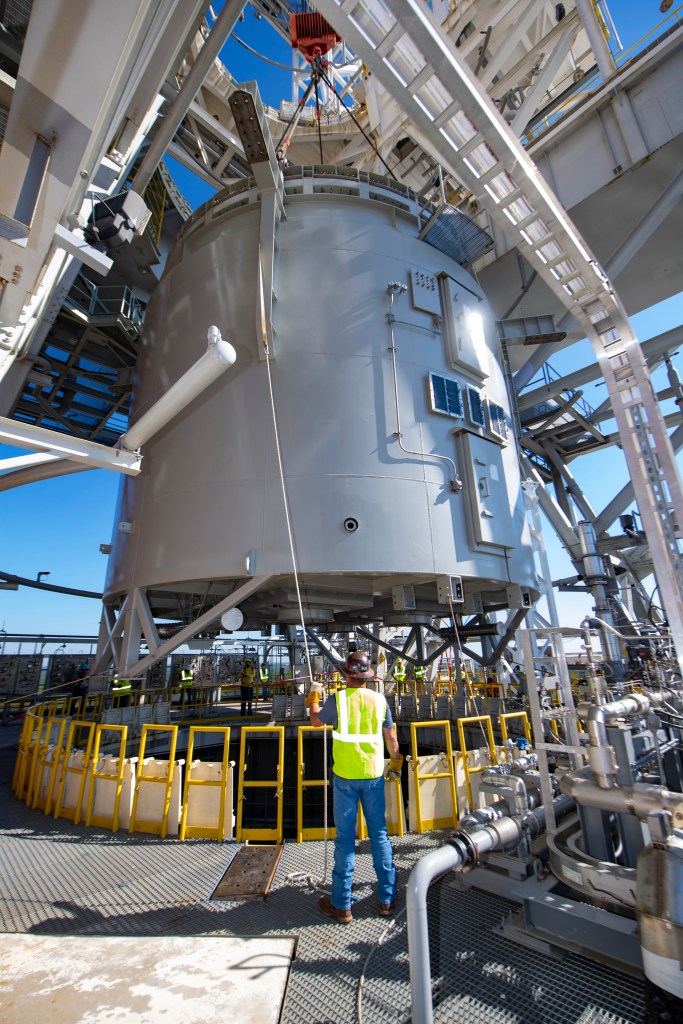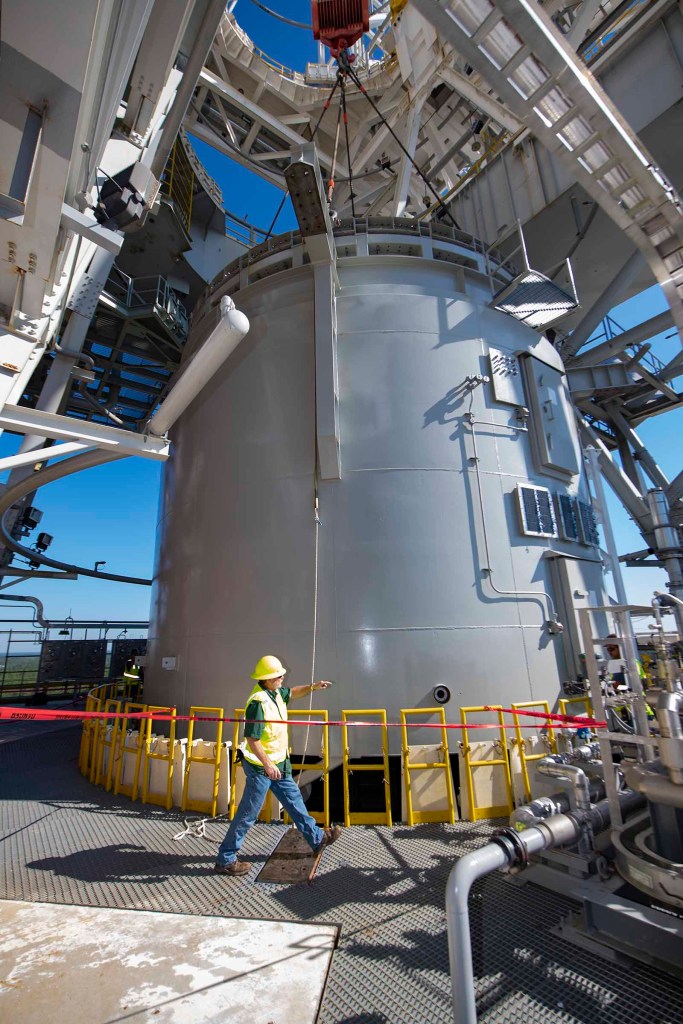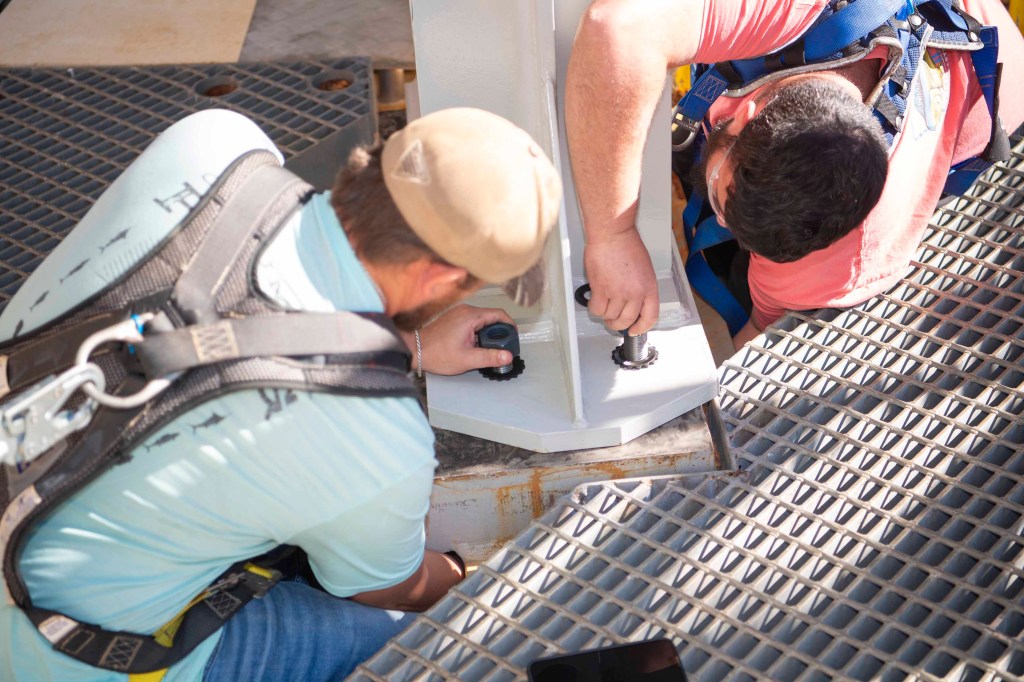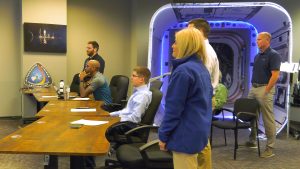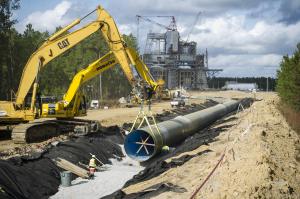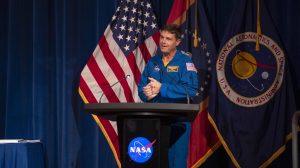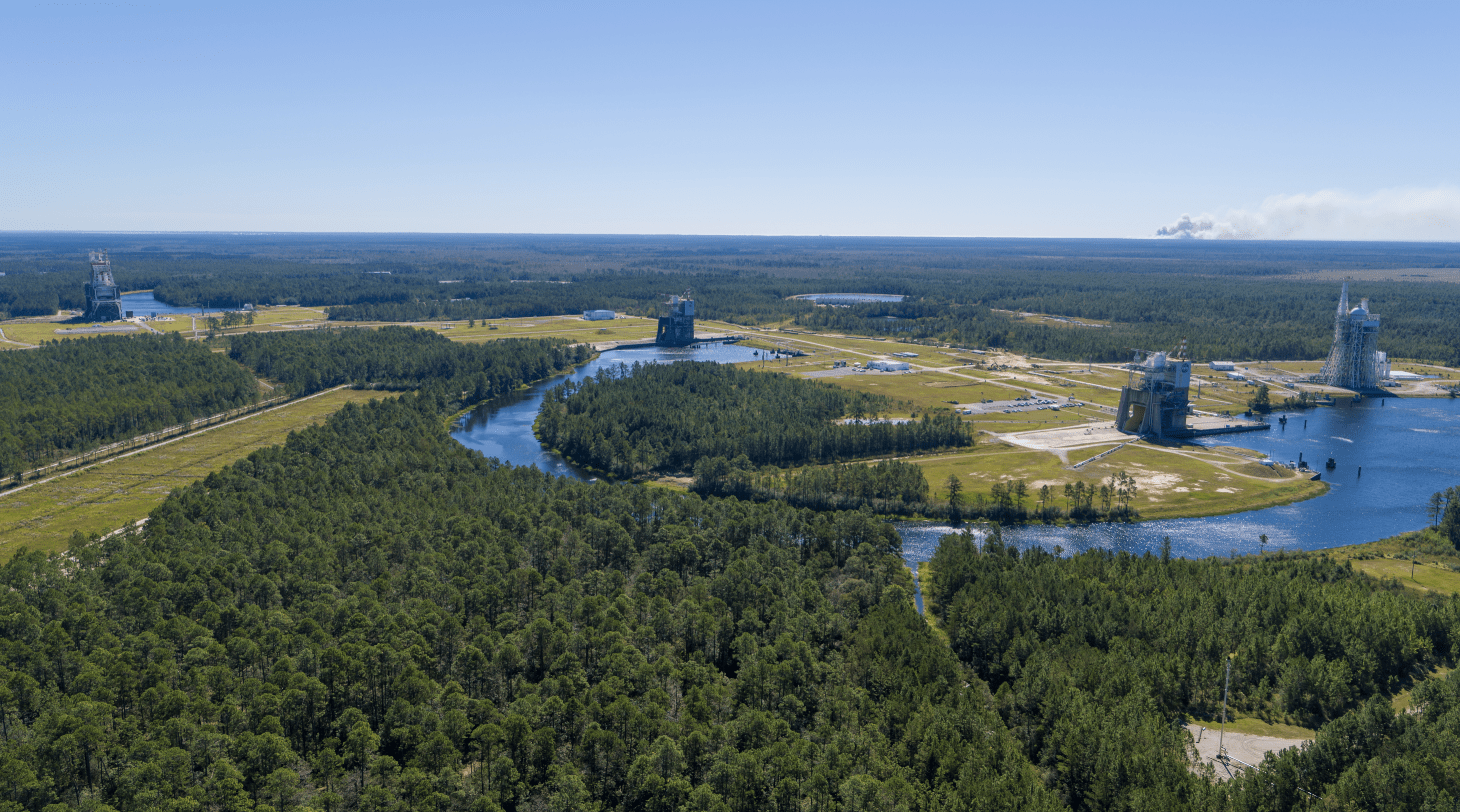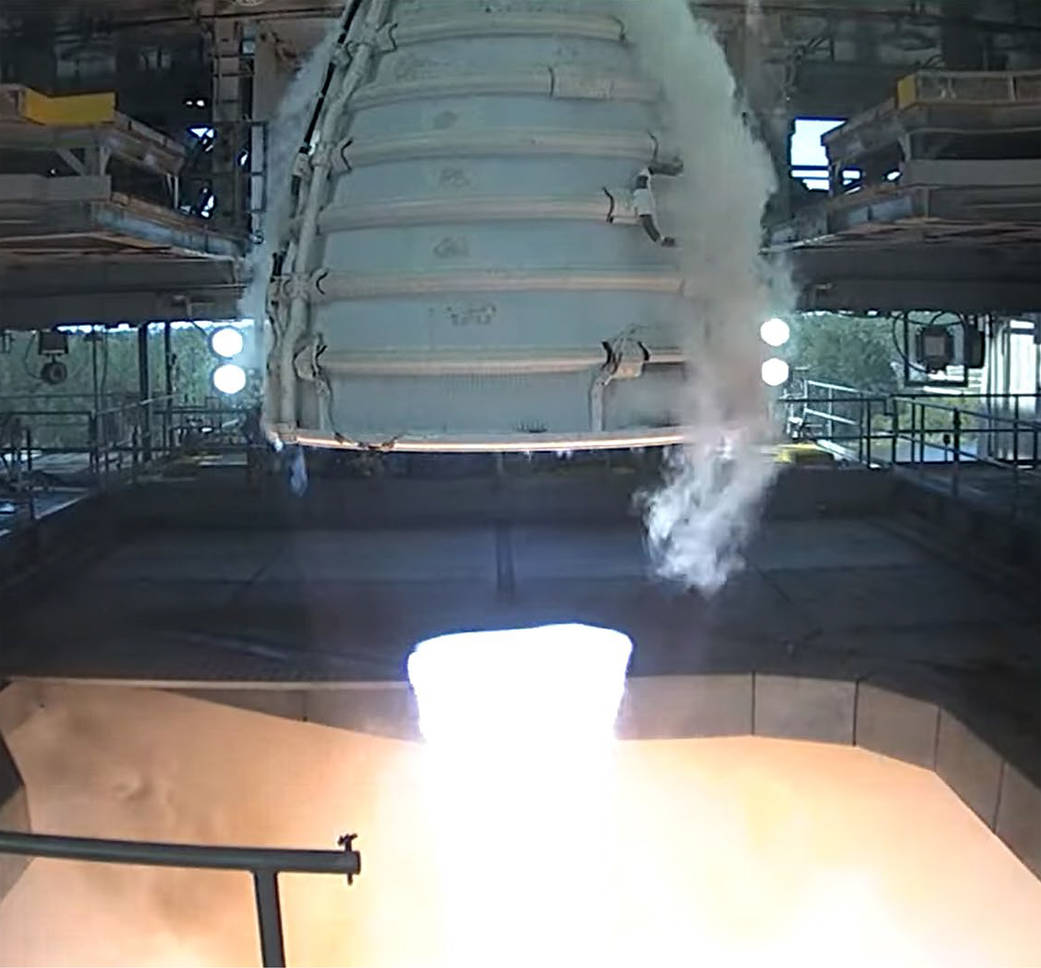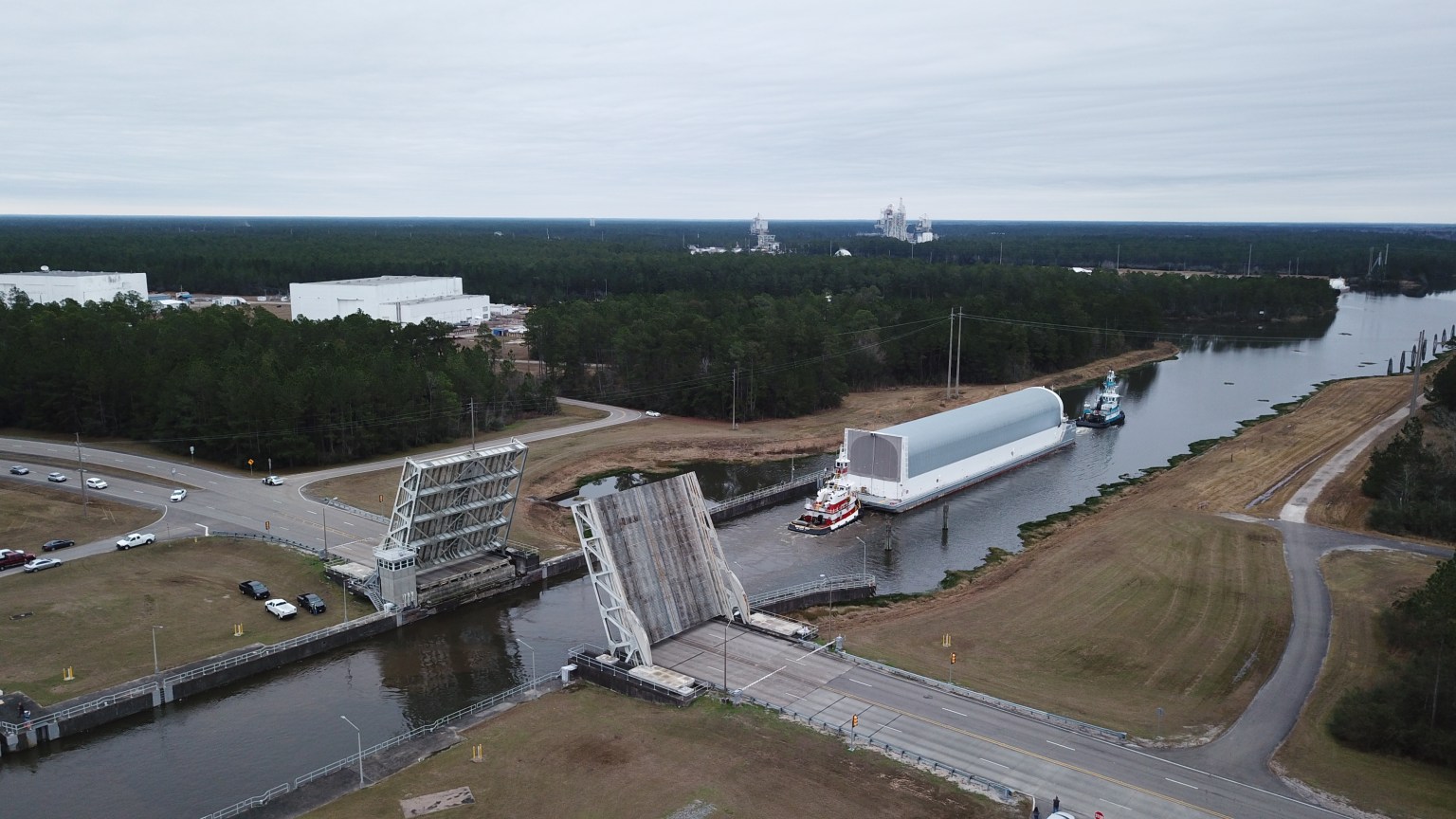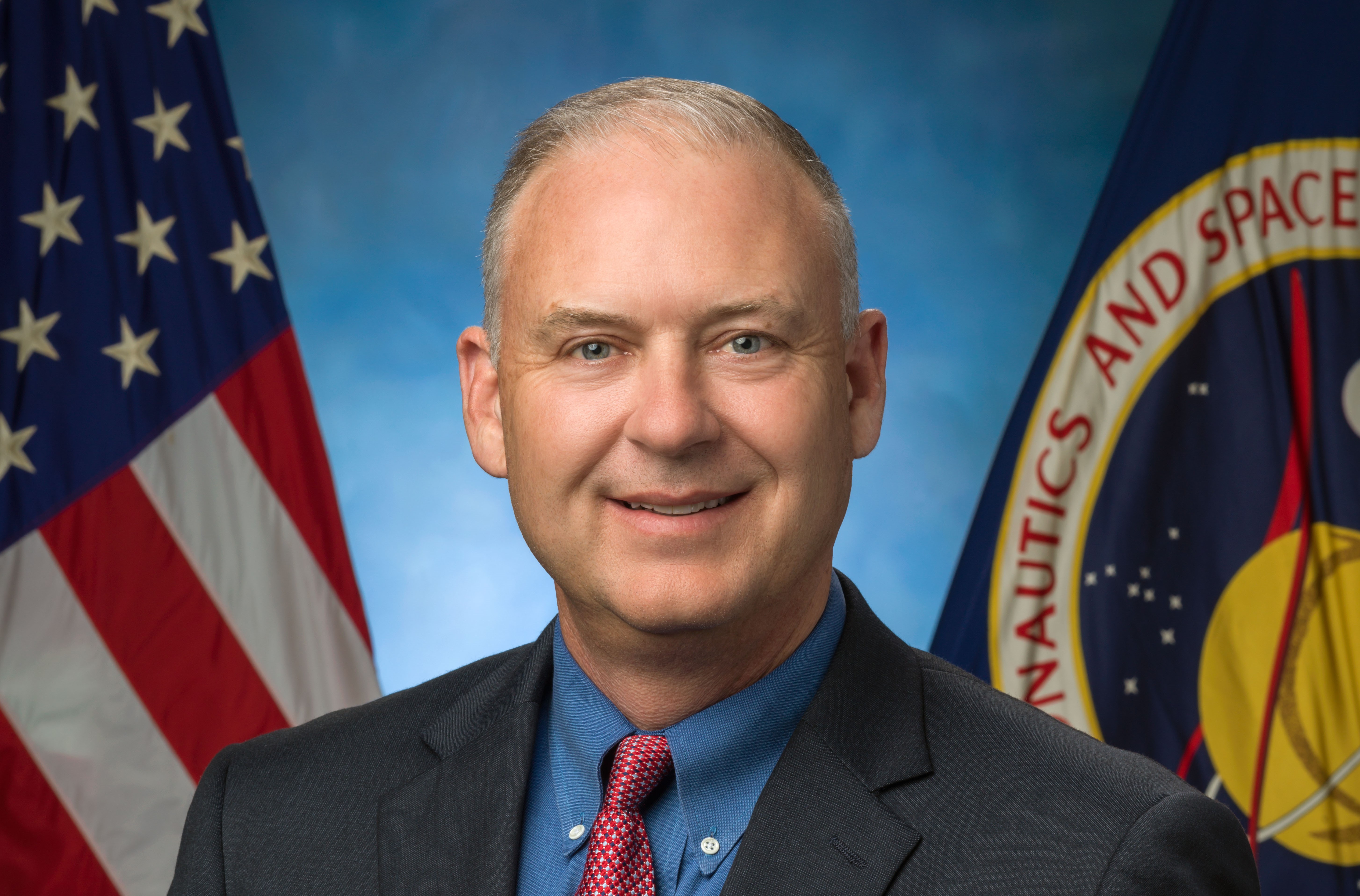NASA Stennis Achieves Milestone in Preparation for Future Artemis Testing
NASA’s Stennis Space Center near Bay St. Louis, Mississippi, achieved a key milestone this week for testing a new SLS (Space Launch System) rocket stage to fly on future Artemis missions to the Moon and beyond. Over a two-week period beginning Oct. 10, crews completed a safe lift and installation of the interstage simulator component […]
4 min read
Preparations for Next Moonwalk Simulations Underway (and Underwater)
NASA’s Stennis Space Center near Bay St. Louis, Mississippi, achieved a key milestone this week for testing a new SLS (Space Launch System) rocket stage to fly on future Artemis missions to the Moon and beyond.
Over a two-week period beginning Oct. 10, crews completed a safe lift and installation of the interstage simulator component needed for future testing of NASA’s exploration upper stage (EUS) in the B-2 position of the Thad Cochran Test Stand. The component will function like the SLS interstage section that helps protect the upper stage during Artemis launches.
“NASA Stennis is at the front end of the critical path for future space exploration,” said Barry Robinson, project manager for exploration upper stage Green Run testing on the Thad Cochran Test Stand. “Installing the interstage simulator is a significant step in our preparation to ensure the new, more powerful upper stage is ready to safely fly on future Artemis missions.”
The EUS unit, built by Boeing at NASA’s Michoud Assembly Facility in New Orleans, which will be the upper stage for the evolved Block 1B version of SLS and will enable NASA to launch its most ambitious deep space missions. The new stage will replace the current interim cryogenic propulsion stage on the Block 1 version of SLS, which features a single engine and is capable of lifting 27 tons of crew and cargo to lunar orbit.
The new exploration upper stage will be powered by four RL10 engines, manufactured by SLS engines contractor L3Harris. It will increase payload capacity by 40%, enabling NASA to send 38 tons of cargo with a crew to the Moon or 42 tons of cargo without a crew.
Before the first flight of the exploration upper stage on the Artemis IV mission, the stage will undergo a series of Green Run tests of its integrated systems at NASA Stennis. The test series will culminate with a hot fire of the stage’s four RL10 engines, just as during an actual mission.
The simulator component installed on the Thad Cochran Test Stand (B-2) at NASA Stennis weighs 103 tons and measures 31 feet in diameter and 33 feet tall. It will function like the SLS interstage section to protect EUS electrical and propulsion systems during Green Run testing. The top portion of the simulator also will serve as a thrust takeout system to absorb the thrust of the EUS hot fire and transfer it back to the test stand. The four-engine EUS provides more than 97,000 pounds of thrust.
NASA Stennis crews previously lifted the interstage simulator to measure and align it relative to the test stand. It is now outfitted with all piping, tubing, and electrical systems necessary to support future Green Run testing.
Installation onto the test stand enables NASA Stennis crews to begin fabricating the mechanical and electrical systems connecting the facility to the simulator. As fabrication of the systems are completed, crews will conduct activation flows to ensure the test stand can operate to meet test requirements.
Through Artemis, NASA will establish the foundation for long-term scientific exploration at the Moon; land the first woman, first person of color and first international partner astronaut on the lunar surface; and prepare for human expeditions to Mars for the benefit of all.
For information about NASA’s Stennis Space Center, visit:
Share
Details
Related Terms
What's Your Reaction?



















.jpg?#)












